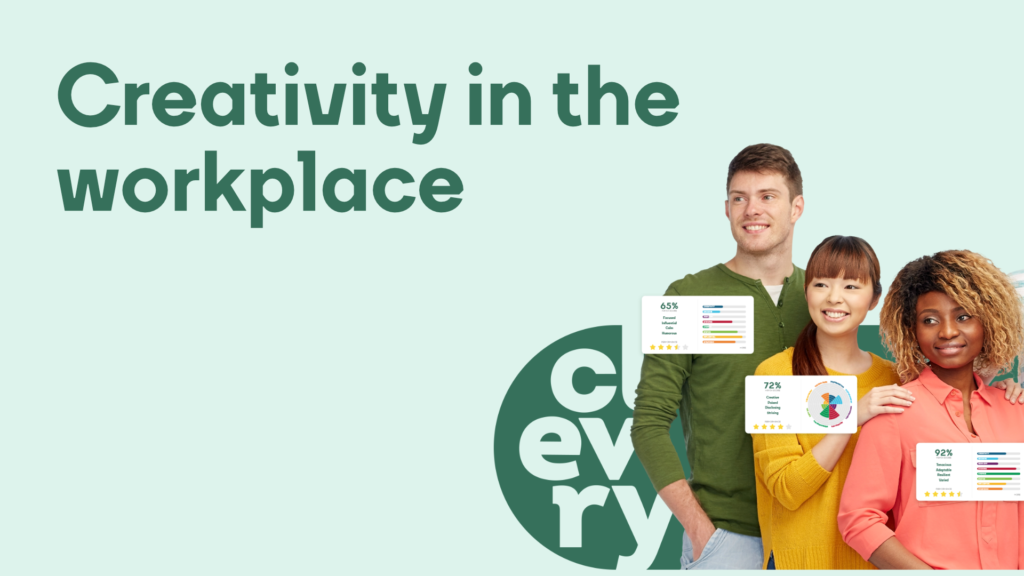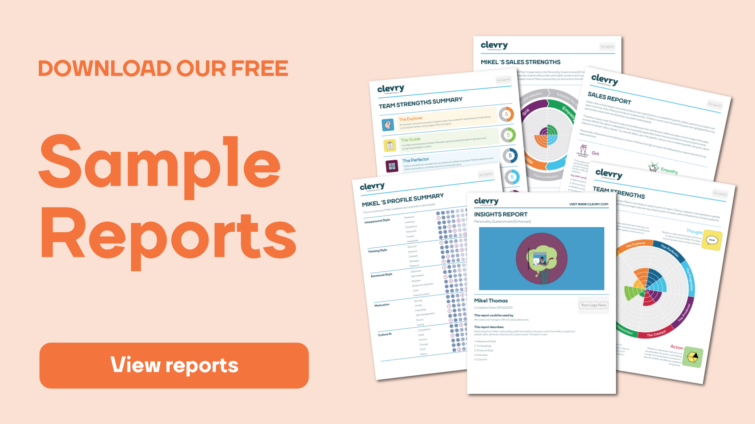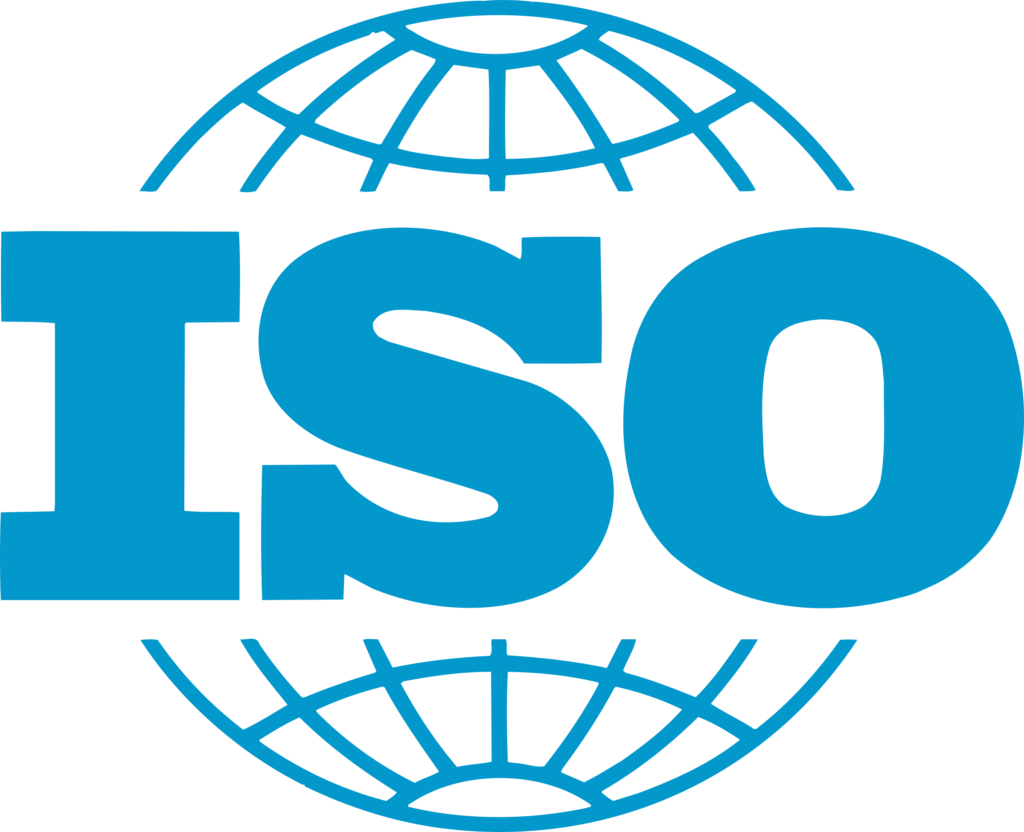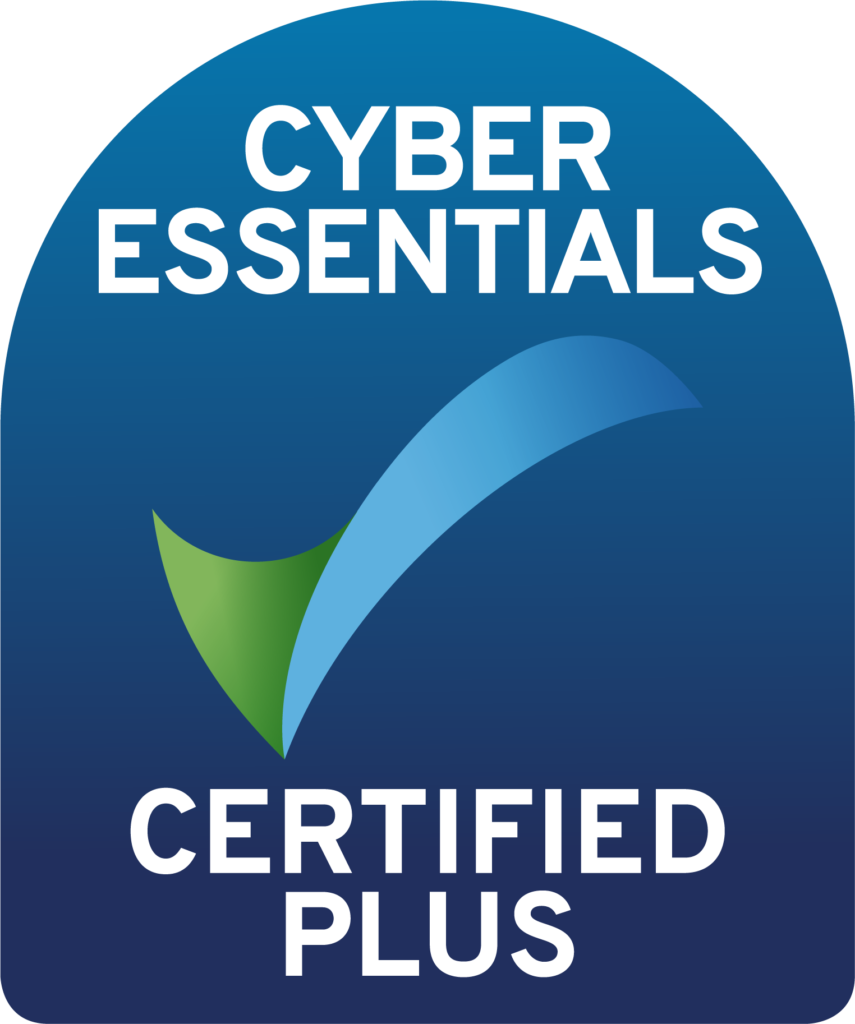Are you a right-brained thinker or a left-brain thinker? If you’re highly creative, chances are you’ve been called a right-brained thinker and maybe even identified as such. However, the idea that creative people work mostly with the right side of their brain while logical people use their left side is a complete myth.

Of course, some people are incredibly creative and flourish in roles such as graphic design, creative copywriting, etc. On the other hand, logical personalities tend to outperform creative people in roles such as accountancy and engineering.
But creative people are more than capable of thinking logically, and logical people are equally as good at dreaming up creative ideas. After all, an engineer must imagine how the bridge they are working on will look, and creative people must use logic to plan and map out innovative projects.
Simply put, creativity is the ability to tap into your imagination and out-of-the-box thinking to create new ideas by linking abstract thoughts. It’s a skill we all possess to some degree.
So, now that the creative vs. logical brain myth has been debunked, this article will discuss creativity as a soft skill and how creative thinking can help you succeed in the workplace.
How do creative people benefit organisations?
Creativity comes in very useful in the workplace as it can help organisations overcome issues, devise more efficient ways of working and enable teams to see the bigger picture, even during stressful times. Creative thinking can also:
- Enhance team collaboration
Team members must work in harmony to yield effective results. But, as hybrid and remote working has become the norm in many organisations, keeping a team working in sync has become a bit of a challenge. According to Hubspot, people working in remote teams often have trouble communicating and building trust with their teammates, mainly due to the lack of face-to-face communication. But here’s where the power of creativity in the workplace comes into the picture. Coming up with creative ways to keep everyone in the loop, such as online team quizzes, monthly activities, and virtual coffee breaks, keeps morale high and makes people feel more connected.
- Bring fresh ideas into the workplace
Every organisation has its own way of doing things. When systems are set in place and followed by staff, processes and routines can maintain efficiency and ensure smooth workflows. However, following the same plan year after year puts employees on autopilot and leads to boredom, which in turn leads to higher staff turnover. In 2022, workers in the US quit their jobs at a rate the country hasn’t seen in 30 years simply because they found their jobs boring. But, thinking of new ideas and implementing creative changes can go a long way to lessen the effect of the bore-out phenomenon.
- Develop a strong brand identity
Brand identity is important for businesses of all sizes. Not only does it communicate what the company does and its values, brand identity also boosts brand recognition and brand awareness.
Creative people tend to excel at developing a strong brand identity that succeeds in a competitive consumer market. Small and large businesses need someone capable of dreaming up new slogans, creating relevant images for blog posts, selecting fitting theme colours, and even creating company mascots. Even established companies with strong brand images like to shake things up once in a while. Škoda cars have been around for almost 100 years, but the company has changed its brand image dozens of times over the past century, with the latest revamp taking place in 2022.
- Fearlessly tackles challenges
People with a creative flair aren’t afraid of dealing with a few challenges, which is good news in an economy defined by global conflicts and post-pandemic recessions. Creative people are more likely to experiment with new ways of working and tend to handle unknown situations with less fear. Anxiety has been proven to limit people’s creative thinking, which is why it’s important to onboard a creative soul who’s naturally calm in times of crisis and isn’t afraid of taking reasonable risks.
- Enable productive brainstorming sessions
Brainstorming sessions are where creative people really shine. They can come up with novel solutions to big problems, are open-minded enough to try various work methods, and take action based on other people’s ideas. Brainstorming sessions bring teams together to think of new ideas and discuss current working situations. When employees feel that their voices are heard, morale and productivity increases.
How to display creativity while looking for a job
The 2019 Global Talent Trends survey cited the most important soft skills for new recruits. Creativity was at the top of that list. So, when you’re looking for a job, especially in sectors that will see many unpredictable changes, such as technology, it’s a good idea to highlight your creativity on your CV.
Simple things like highlighting creative projects you’ve worked on and describing yourself as a creative person go a long way. But you can also add some creative flair to your CV. Instead of a traditional black-and-white CV, you can show your creative skills with an infographic CV, online portfolio, or even a video CV.
The Bottom Line
In this new working world, creativity is a soft skill that’s becoming more valued by large and small organisations alike. Creative thinkers can turn old processes into faster and more efficient workflows, keep teams working smoothly and keep themselves and others calm under pressure. As we’ve seen, nobody thinks 100% logically or 100% creatively.
We’re all capable of becoming creative thinkers. So, see how creative you are and learn more about your soft skills at joy.Clevry.com today.



